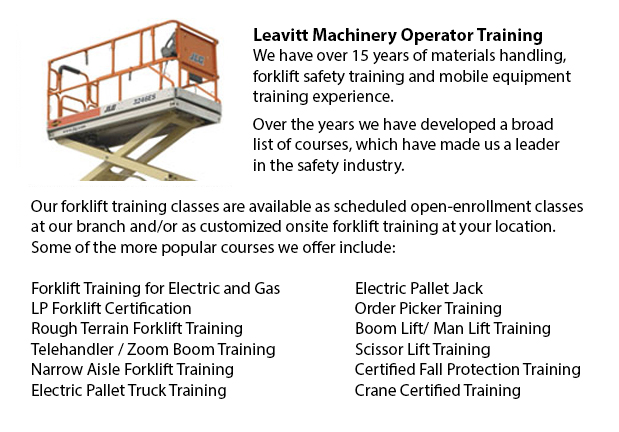
Scissor Lift License Edmonton - The is an inherent risk in operating a scissor lift, as with all kinds and types of powered work tools will need right handling to avoid accidents that may result in damage or injuries. Companies must ensure that workers operating this equipment have the necessary training.
Untrained personnel should not be allowed by their companies to use scissor lifts. The lift is made to lift people and materials to different heights. Failure to know and completely abide by safety standard could cause injuries for the users or damage to the lift.
There are no rules governing the utilization of fall protection for scissor-lift users. Nonetheless, manufacturers could suggest the utilization of fall protection and in several cases tying off in scissor lifts might be required by employer guidelines, local rules or job-specific risk assessment.
Prior to utilizing the machine, the scissor-lift operator must perform a thorough check to ensure the machine is in good working order. This is the operator's job, even if the unit has already been in service that same day. The operator's guidebook of the equipment contains a pre-operation checklist.
The things that an operator has to look for when doing a scissor lift inspection, includes checking tire-inflation pressure, and checking ground controls and platform controls to be able to make sure they are functioning. Look for any delayed movement on the fly section when the boom is extending and retracting since this could indicate some loose cables. While operating the controls, make certain that the emergency stop switches are working. Operate functions against the equipment's cutout switches. Test the boom control system by cycling a boom lift to the furthest extent of its operating envelope. Safety limiters should automatically stop the unit before it moves into an unstable position, if they are functioning properly. If they aren't, turn off the lift and ensure that it is repaired before it is used again.
Proper and safe operating measures should be followed always. Levers must be operated with controlled, even pressure. A control lever must never be pushed from one position to the opposite position. The lever must be shifted to neutral, prior to stopping, and afterward proceeding in the desired direction. When released, levers and control switches should automatically return to the neutral position. Depress the foot switch prior to operating platform controls.
-
Forklift Training Programs Edmonton
Forklift Training Programs Edmonton - If you are searching for work as an operator of a forklift, our regulatory-compliant lift truck training programs provide excellent instruction in numerous styles and types of forklifts, classes on pre-shift insp... More -
Heavy Equipment Training School Edmonton
Heavy Equipment Training School Edmonton - The heavy equipment operator courses will assist the operator in acquiring the required skills and knowledge they will require to be able to enter the workforce as an entry level operator. In this 12 week co... More -
Manlift Ticket Edmonton
Manlift Ticket Edmonton - The Elevated Platforms and Manlifts Certification program helps to provide the necessary training on the safe operating procedures, work practice, rules and regulations regarding the daily activities for the operators of thi... More -
Crane License Edmonton
Crane License Edmonton - Crane operators must be "credentialed", which means they must have a crane operator license or certification. Credentialing is considered a mandatory governmental requirement in order to practice as a crane operator. Having a... More -
Counterbalance Forklift License Edmonton
Counterbalance Forklift License Edmonton - When operated by totally trained operators, forklifts could become a major advantage for firms and companies. We could offer your staff a comprehensive training program which covers all aspects of operating... More -
Manlift Safety Training Edmonton
Manlift Safety Training Edmonton - Manlift operators have to be aware and cognizant of all the potential hazards which are associated with particular types of scissor lifts. They need to be able to operate the scissor lift in a way that protects not... More -
Forklift Training School Edmonton
Forklift Training School Edmonton - Forklift Training School And Reasons Why It Is Really Important - Industry and federal regulators have established the criteria for forklift safety training based on their existing standards and regulations. Indivi... More -
Overhead Crane Safety Training Edmonton
Overhead Crane Safety Training Edmonton - The overhead crane safety training course is designed to equip the operators with the right skills and knowledge in the areas of: crane safety precautions, materials handling, accident avoidance, and equipmen... More

Forklift Training Edmonton
crossorigin="anonymous">
TOLL FREE: 1-888-254-6157
Edmonton, Alberta
forklifttrainingedmonton.com
Email Us
About Us


